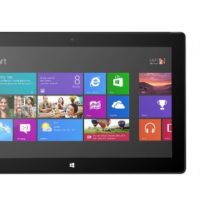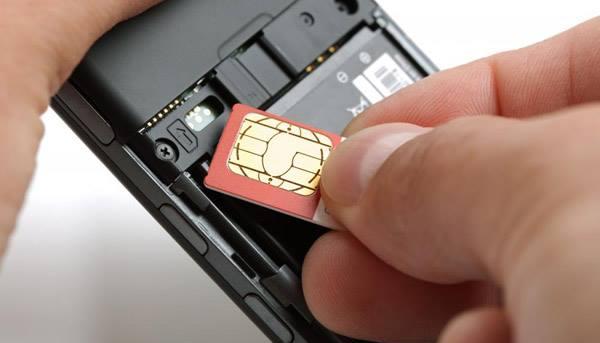
For the past few years, Apple’s iPad has dominated the tablet computer market. Since its inception in 2010, the device’s unrivalled user interface, multitude of applications and processing ability has been almost impossible to match. However, fellow tech heavyweight Microsoft is looking to regain some of its diminishing personal computing market share with the release of its Surface Pro tablet.
Surface tablets
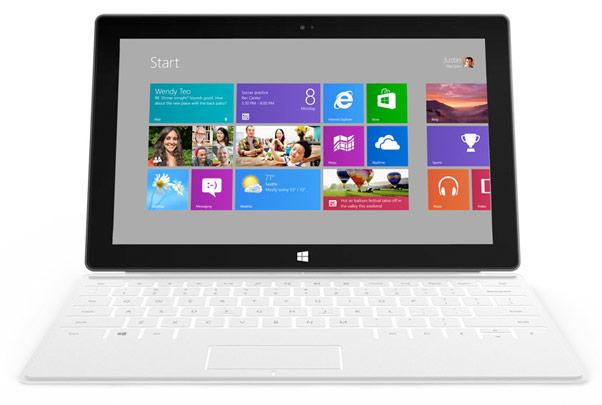
Late last year, Microsoft introduced the Surface RT, a 10.6-inch tablet that looked to go toe-to-toe with the iPad and other Android powered devices. Even though it had a handy keyboard cover, Microsoft Office pre-installed and expandable storage, it was found lacking in a few areas. The Surface had a lower-resolution screen compared to its competitors, a tablet-centric Windows RT operating system, limited range of Marketplace applications, and for the price was a fairly expensive option. Nevertheless it was a sign of intent from one of the industry’s most reputable names.
Then in February 2013, Microsoft unveiled its Surface Pro tablet in the US ahead of a UK release before the end of May. With updated hardware specifications and improved software, can this revised tablet seriously match Apple’s iPad?
Specifications
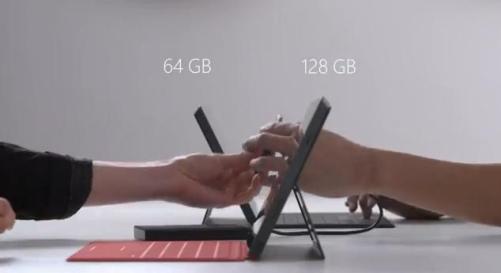
On first inspection, the Surface Pro seems to boast twice as much power compared to the RT. Storage capacity has increased to 64GB and 128GB with the possibility to increase further thanks to a microSDXC slot. Multitasking is improved with a 4GB dual-channel memory; double that of the Surface RT. Even the processor is an improved dual-core 1.7GHz Intel Core i5 CPU.
These developments and upgrades mean that the Surface Pro is able to run a full version of Windows 8. Therefore, any Windows-compatible third-party software can be installed and used on the device. With Microsoft’s long-standing advantage over its technology rivals being software, the Surface Pro looks to steal a march on tablet competitors when it comes to functionality.
Design
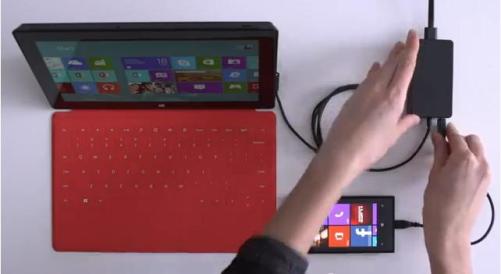
However, one area where Microsoft loses out to opponents is design, with Apple leading the way in aesthetic beauty. Compared to the iPad, the Surface Pro’s thicker form and angular sides aren’t exactly pleasing to the eye. These dimensions, in addition to the added weight, could make the tablet a little uncomfortable to hold for long periods of time.
Nevertheless, Microsoft has focused its attention on practicality, with a detachable keyboard, stylus pen and kickstand increasing the extent a user can interact with the Surface Pro. These additions certainly seem to suggest that Microsoft is targeting a more professional market, another one of the company’s traditional strongholds.
Price and outlook
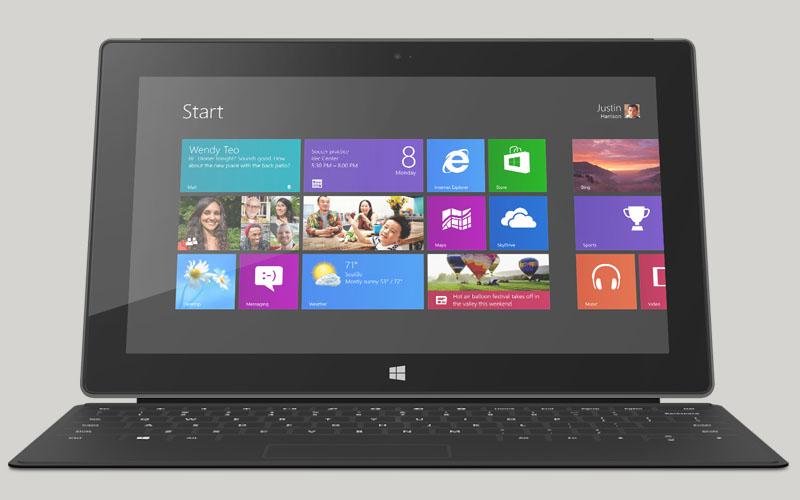
Although there is no official word on price, it is just as well Microsoft is positioning the Surface Pro for work rather than pleasure if rumoured prices are to be believed.
Taking into account the US price of $899 for a base model and the UK’s 20% charge for VAT, an educated guess for the Surface Pro’s price point would be at least £700. If you want the additional keyboard or require a device with more memory, which is highly recommended considering the 64GB model only has 23Gb of available storage, the price will be even more.
It therefore seems that rather than battle with the iPad for tablet dominance, Microsoft is looking for another way to penetrate the personal computer market. It is hard to argue with the Surface Pro’s impressive hardware, compact form and input devices, however the real test will be when it comes to interacting with a full version of Windows 8 on just a touchscreen.
